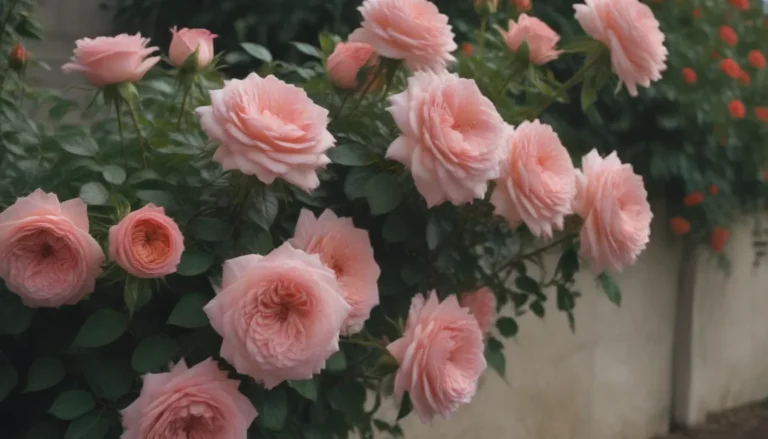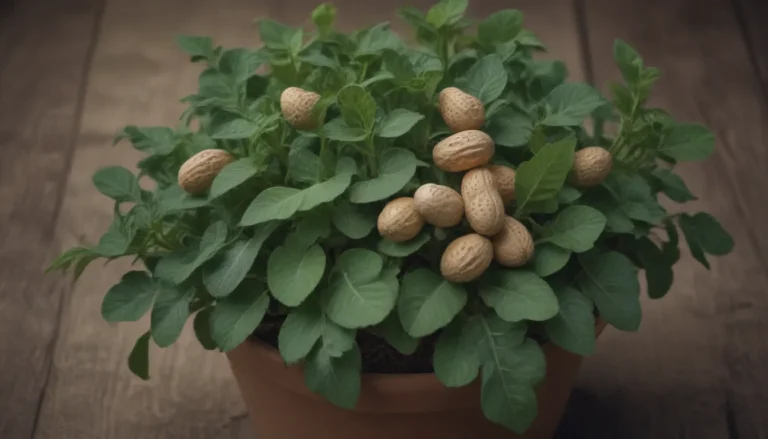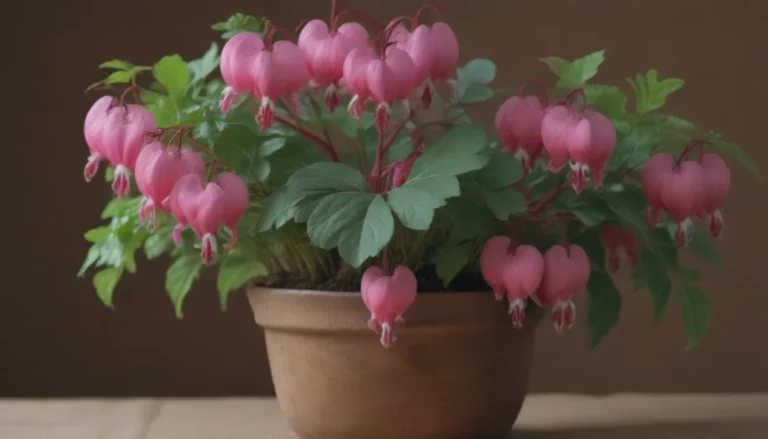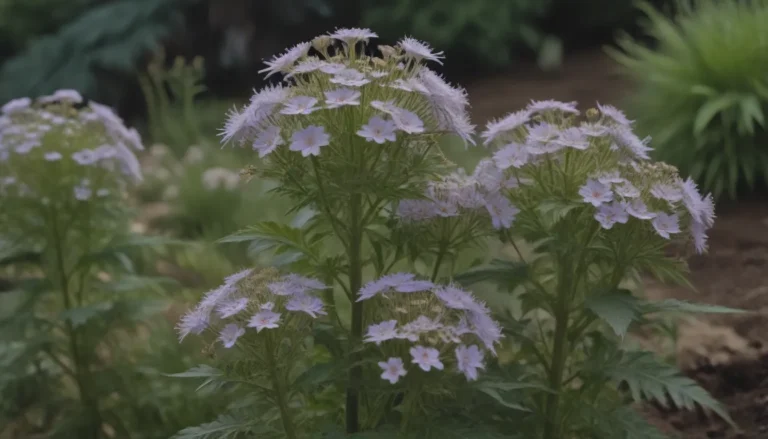The Ultimate Guide to Growing and Caring for Camellias
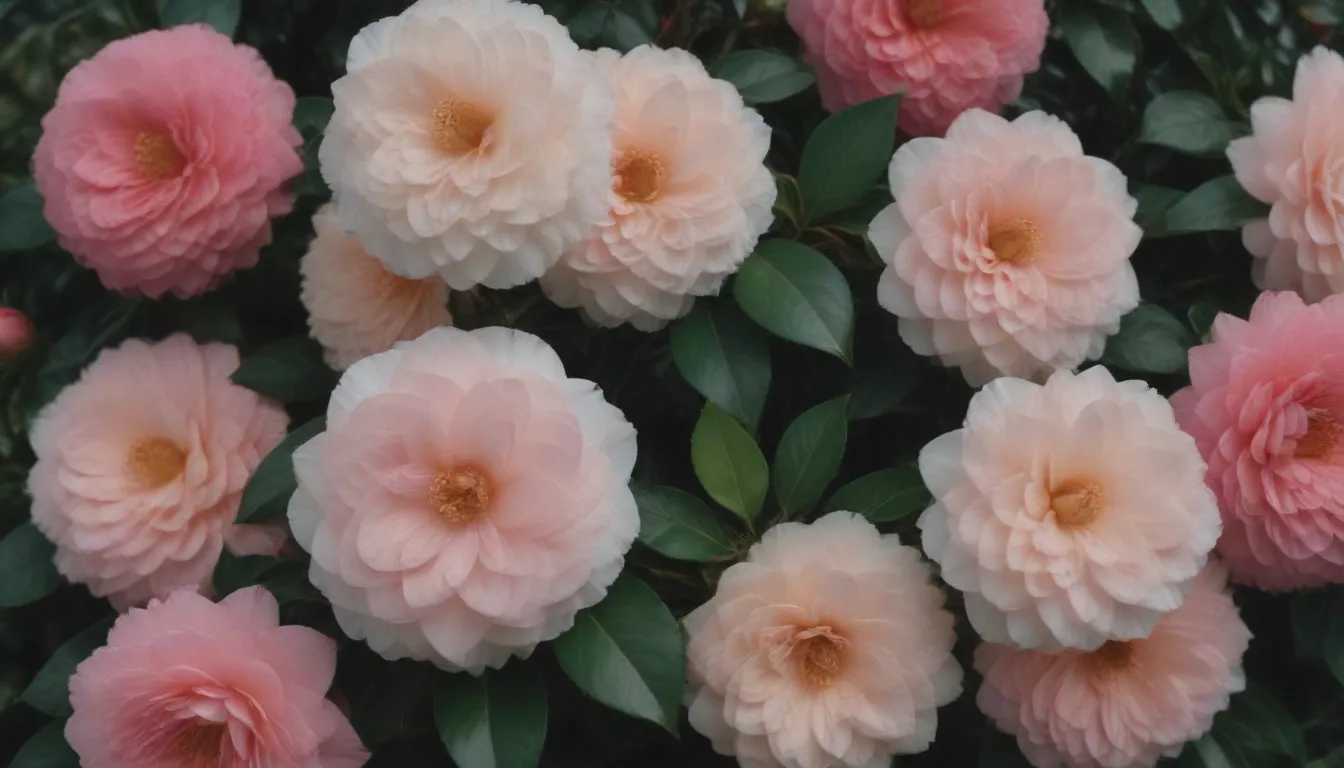
Camellias are a beloved flowering evergreen shrub known for their dark, glossy leaves and large, lush blossoms that brighten up gardens in the fall through early spring months. They are a popular choice for gardeners in warmer regions, where they thrive in USDA hardiness zones 7 to 9. In this comprehensive guide, we will explore everything you need to know to grow and care for these beautiful plants.
Getting to Know Camellias
Before we dive into the specifics of caring for camellias, it’s essential to understand their characteristics and requirements. Here are some key points to keep in mind:
- Camellias are slow-growing but exceptionally long-lived plants.
- They prefer rich, moist soil and partial shade for optimal growth.
- Camellias can be planted from container-grown nursery plants at almost any time of year.
Camellia Care Tips
To ensure your camellias thrive and bloom beautifully, follow these care tips:
Light
- Camellias thrive in partial shade or locations with dappled sunlight.
- Camellia sasanqua cultivars can tolerate more sun than Camellia japonica cultivars.
Soil
- Camellias require well-drained soil with a slightly acidic pH of 6.0 to 6.5.
- If your garden soil is not ideal, consider growing camellias in containers with rich, moisture-retentive potting soil.
Water
- Camellias need consistently moist soil to prevent drought stress and spider mite infestations.
- Water deeply twice a week to provide one inch of water per week and mulch to retain soil moisture.
Temperature and Humidity
- Camellias are reliably hardy in zones 7 to 9, with some hybrids suitable for zone 6.
- Choose a planting site that offers protection from harsh winter conditions.
Fertilizer
- Feed camellias with a nitrogen-rich slow-release fertilizer in early spring, late spring, and mid-summer.
- Avoid fertilizing after August to prevent damage from cold temperatures.
Types of Camellias
The camellia genus includes over 100 species, but most garden camellias are cultivars developed from C. japonica or C. sasanqua. Some popular varieties include:
- ‘April Dawn’
- ‘Elfin Rose’
- ‘Fragrant Pink’
- ‘Francis Eugene Phillips’
- ‘Yuletide’
Hybrid Camellias
Hybrid camellias, designated as Camellia x williamsii, are cold-hardy cultivars that are popular for their resilience in colder climates. Some popular hybrid varieties include:
- ‘Anticipation’
- ‘China Clay’
- ‘Les Jury’
- ‘Elegant Beauty’
Pruning and Propagating Camellias
Proper pruning and propagation techniques are essential for maintaining healthy camellias. Here are some guidelines to follow:
- Prune camellias after flowering to remove dead branches and maintain their natural shape.
- Propagate camellias through layering for faster and more reliable results.
Overwintering and Common Pests
Protect your camellias during the winter months and be on the lookout for common pests and diseases. Here are some tips:
- Insulate potted camellias with dry leaves and pine straw to prevent freezing.
- Monitor for aphids, thrips, and fungal diseases, treating with neem oil as needed.
Troubleshooting Common Problems
If your camellias are exhibiting signs of distress, here are some common issues and potential solutions:
- Yellow Leaves with Green Veins: This may indicate chlorosis due to alkaline soil. Amend the soil with acidifying fertilizer.
- Leaves Turn Yellow, Plant Wilts: Root rot could be the culprit. Consider improving soil drainage and inspecting new plants before planting.
- Burned Leaf Edges: Chemical burn from overfertilizing can cause this issue. Skip the next feeding to allow the plant to recover.
By following these care tips and troubleshooting advice, you can ensure your camellias remain healthy and vibrant year after year. Whether grown in the garden or in containers, camellias are a stunning addition to any landscape.
Conclusion
In conclusion, camellias are stunning, long-lived plants that bring beauty and vibrancy to gardens. By providing the right growing conditions, including proper light, soil, water, and fertilizer, you can enjoy an abundance of blooms from these exquisite shrubs. Remember to monitor for pests and diseases, and address any issues promptly to keep your camellias thriving. With the tips and guidelines provided in this comprehensive guide, you can confidently grow and care for camellias in your own garden.
Remember, “A garden requires patient labor and attention. Plants do not grow merely to satisfy ambitions or to fulfill good intentions.” – Liberty Hyde Bailey.
References:
– Lauderdale, D. (2015, November 23). How to grow camellias. Ncsu.edu.
– Container grown camellias. (n.d.). Americancamellias.com.
– Doubrava, N., Scott, J. M., Blake, J. H., Gorsuch, C. S., & Williamson, J. (2021, February 26). Camellia diseases & insect pests. Home & Garden Information Center | Clemson University, South Carolina.


